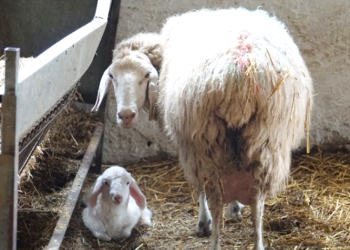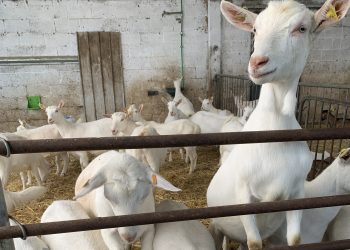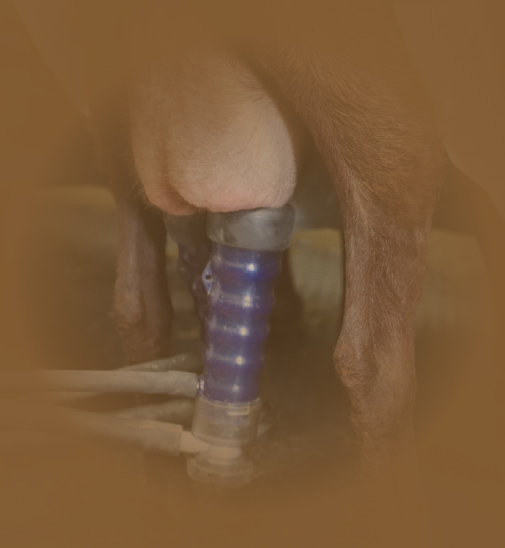Transmission of pathogens during milking is the main cause of mastitis in small ruminants. Improper use or malfunction of milking machines is a risk factor for mastitis. In this article we look at the direct effect improper milking can have on teat and udder health.
Source of intramammary infections
Mastitis in sheep and goats is usually caused by Staphylococcus that enters the gland through the teat canal.
Infection during milking can occur in two ways:
· Active: due to factors related to the milking machine
· Passive: through contact with the contaminated teat cup liner
S. aureus and coagulase-negative Staphylococcus species enter the mammary gland through the teat canal
Impact of the machine
If they are not working properly, milking machines can cause lesions to the teat which facilitate the entry of bacteria into the mammary gland.
Teat integrity is crucial to prevent intramammary infections
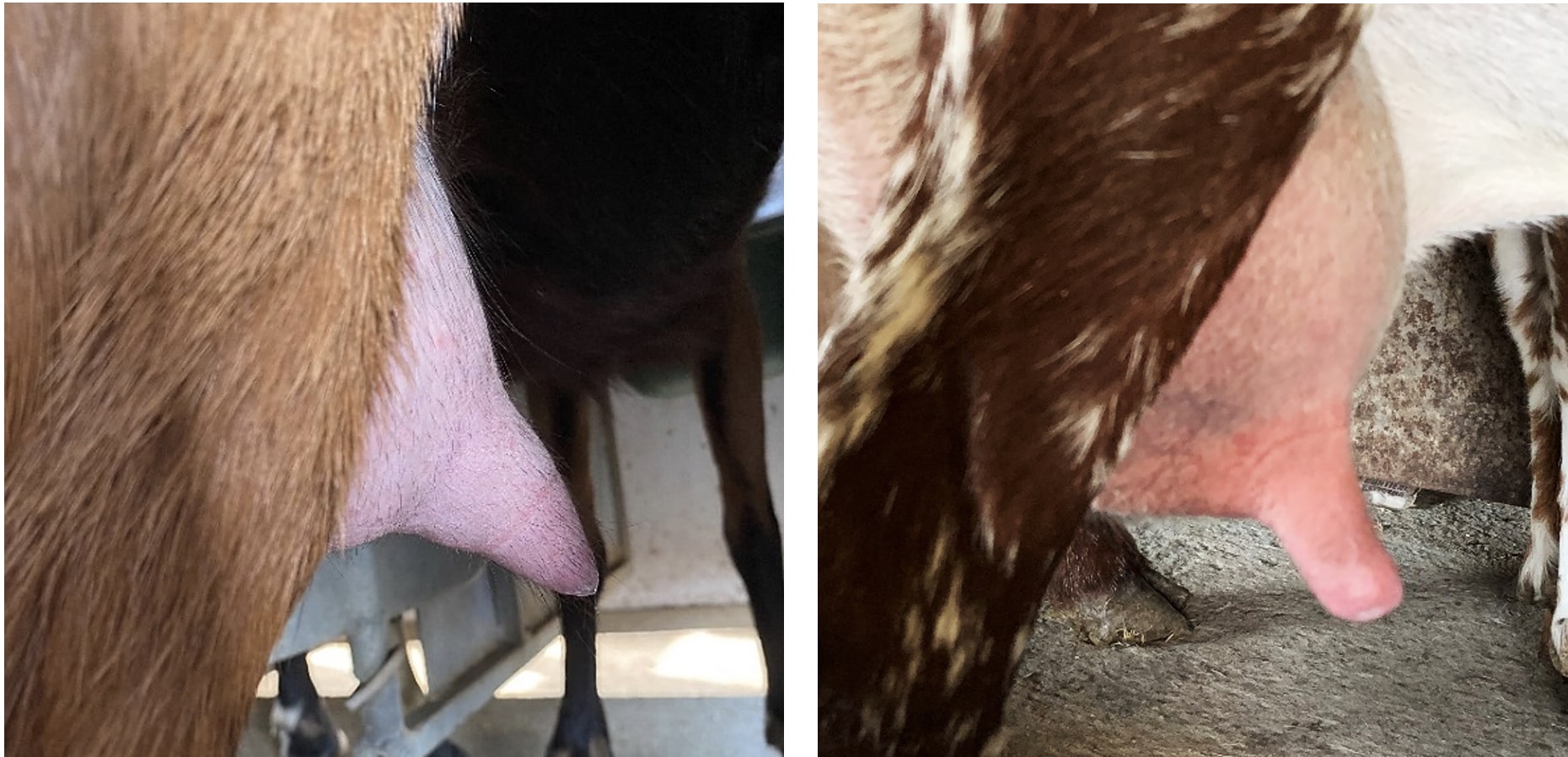
There are three possible causes of teat problems:
· Excessive vacuum: the level needs to be adapted to the species and type of machine, but it is recommended not to exceed 40-42 kPa.
· Inadequate teat massage: this will depend on the pulsations and the teat cup liner.
· Overmilking: negatively affects the teat, both in the short term (increased oedema) and in the long term (hyperkeratosis).
Overmilking for two minutes causes engorgement of the teat walls and increases the length of the teat canal (Alejandro et al.)
Another important aspect is the maintenance of the teat cup liners. The hardness of the material, its shelf life and the diameter are important factors.
What lesions are we likely to see on the teat?
· Engorgement or oedema: one of the most common effects. The degree of oedema depends on the duration of milking and the vacuum level.
Oedema can affect the amount and secretion of keratin and cause circulatory damage to the teat which interferes with local defence mechanisms.
Excessive milking vacuum is responsible for increased teat oedema.
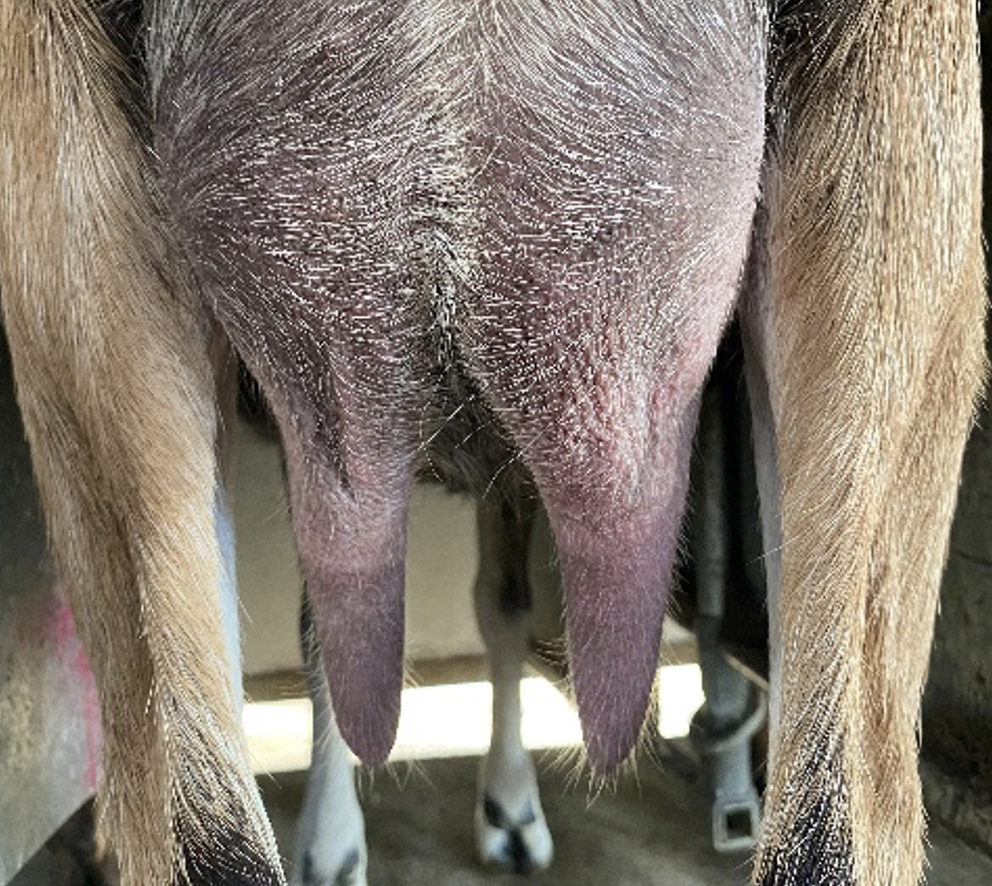
· Cracks and dryness of the skin: sometimes caused by cold, excess humidity or certain aggressive products.
· Stricture of the teat: causes a reduction in the canal and an increase in residual milk.
· Hyperkeratosis of the sphincter: caused by overmilking.
· Traumatic injuries: e.g. cuts, wounds, amputations.
Damage to the keratin of the teat canal and alterations in the sphincter affect natural defence mechanisms.
Conclusions
Proper functioning of the milking machine is essential for teat and udder health.
Regular assessment and maintenance of the machine should be included in the farm’s mastitis control plan, along with other measures such as vaccination.
Article written by:
Tania Perálvarez Puerta. Global Product Manager, Small Ruminants Franchise – HIPRA
References:
Díaz, JR.; Peris, C.; Romero, G. Efecto del ordeño mecánico en el estado sanitario de la ubre. Congreso nacional SEOC 2014 [Effect of mechanical milking on udder health. Spanish Society of Sheep and Goat Farming National Congress 2014].
